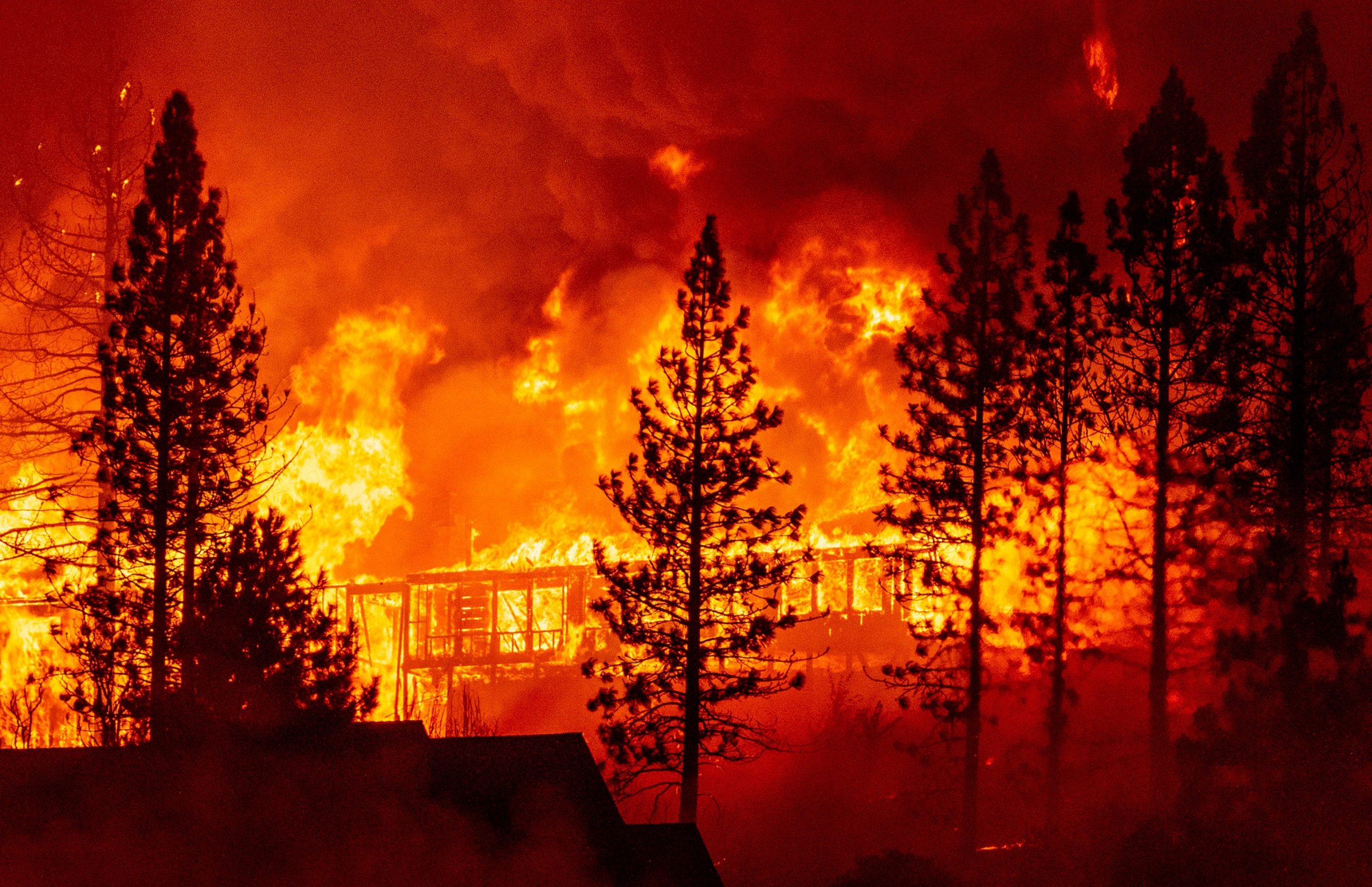It’s a phrase that’s been heard a lot this summer, from Silicon Valley to the Sierra, from Southern California to Shasta County. California is tense. Two consecutive record-dry winters, followed by early heat waves that brought temperatures in some locations soaring beyond 110 degrees, have left vegetation dangerously dry and poised to burn as summer approaches.
A record 4.3 million acres burned statewide in 2020, accounting for one out of every 24 acres in California. These fires, which erupted in some cases during unusual dry lightning storms in August, killed 33 people, burned more than 10,000 houses, and torched the visitor center, campsites, and other facilities in Big Basin Redwoods State Park, California’s oldest, in the Santa Cruz Mountains.
Fires in the Southern Sierra burned away an estimated 10% of the world’s remaining big sequoias. They engulfed cities in suffocating smoke and rendered the sky over San Francisco, Oakland, and San Jose an ominous brilliant orange.

According to experts, a variety of elements influence fire risk. Fire is a natural element of the western woodland, removing dead brush and trees. However, a century of fire suppression has resulted in millions of acres of overgrown woods across California and the Western United States. Temperatures are rising due to climate change, which is drying up plants and soils and causing the Sierra Nevada snowpack to melt early.

The Northern Sierra, California’s most significant watershed since it typically fills the state’s major reservoirs, has had the second driest two-year period on record since records began in 1921, with only 52% of average precipitation. The only time it has been drier in the last 100 years was during the historic drought of 1975-77.
Meanwhile, San Jose had its driest year in 128 years, collecting only 5.33 inches of rain from July 1 to June 30. That is roughly the amount of rain that Las Vegas or Palm Springs receive in a regular year.
As a consequence, according to the U.S. Drought Monitor, a weekly report produced by the U.S. Department of Agriculture, NOAA, and the University of Nebraska, 85 percent of California is currently in extreme drought.

Winter rains in California often begin around mid-November. That means the state has around 130 days to catch its breath.
Victims of last year’s fires are advising people to be prepared, especially if they live in rural or forested regions.





